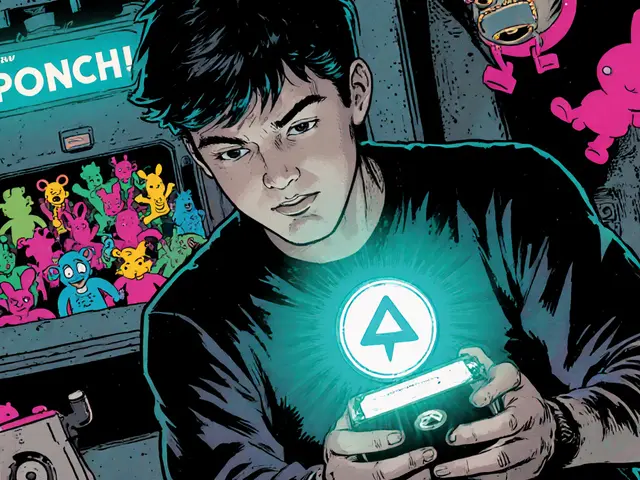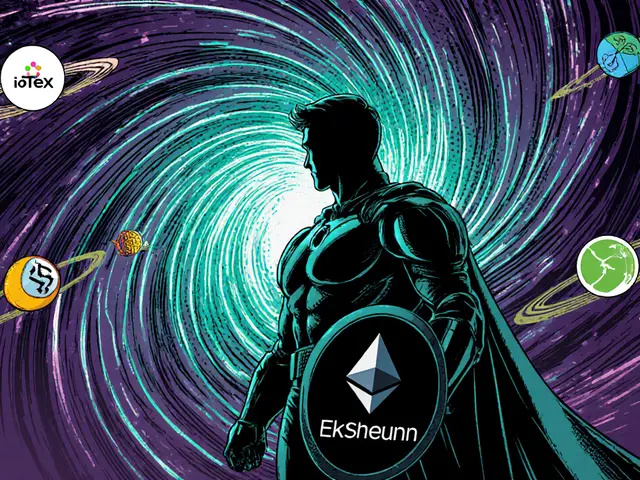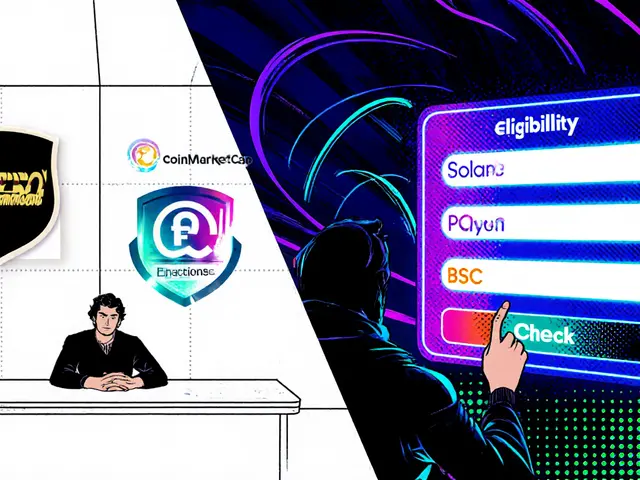Physical Delivery Crypto: What It Really Means and How It Works
When you hear physical delivery crypto, a type of cryptocurrency futures contract where the underlying asset is actually transferred to the buyer at expiration. Also known as spot settlement, it means you end up holding real Bitcoin, Ethereum, or another coin—no cash payout, no IOUs. This is different from cash-settled futures, where you just get paid the difference between the contract price and the market price. Physical delivery turns trading into ownership. It’s not just speculation—it’s acquisition.
Most major crypto exchanges like CME and BitMEX used to offer cash-settled Bitcoin futures. But physical delivery is growing because traders want actual coins, not paper profits. If you’re buying futures to build a long-term crypto position, physical delivery makes sense. You don’t need to buy on an exchange, wait for confirmation, and pay withdrawal fees. You get the asset directly when your contract expires. It’s cleaner. It’s more transparent. And it reduces counterparty risk because the exchange doesn’t have to hold cash to settle—you’re getting the real thing.
Physical delivery crypto isn’t just for big players. Retail traders benefit too. It forces exchanges to hold real reserves, which improves trust. If an exchange can’t deliver the coins, it fails. That’s a strong incentive to stay solvent. It also aligns with how traditional commodities work—like oil or gold futures—where the buyer takes physical possession. In crypto, this means you’re not just betting on price. You’re participating in the network’s growth. And when you hold the actual coin, you can stake it, send it, or use it in DeFi. Cash settlement doesn’t give you that flexibility.
Not all crypto futures support physical delivery. Some platforms still avoid it because it’s harder to manage. You need cold storage, liquidity, and audit trails. But the ones that do—like OKX and Deribit—tend to be more trusted. If you’re comparing exchanges, check if they offer physical delivery. It’s a sign they’re serious about infrastructure, not just marketing. And if you’re trading Bitcoin or Ethereum futures, physical delivery means your end goal is actual ownership, not just a profit line.
Underlying all this is the idea that crypto isn’t just a trading instrument. It’s a digital asset with real utility. Physical delivery crypto reinforces that. It turns derivatives into a bridge to real holdings. You’re not avoiding the blockchain—you’re engaging with it directly. Whether you’re a trader, investor, or just curious, understanding this distinction helps you choose the right contracts and avoid platforms that don’t deliver what they promise.
Below, you’ll find real reviews and breakdowns of exchanges and tokens that either support physical delivery or relate to how crypto futures and settlement work in practice. No fluff. Just facts from users who’ve been there.






